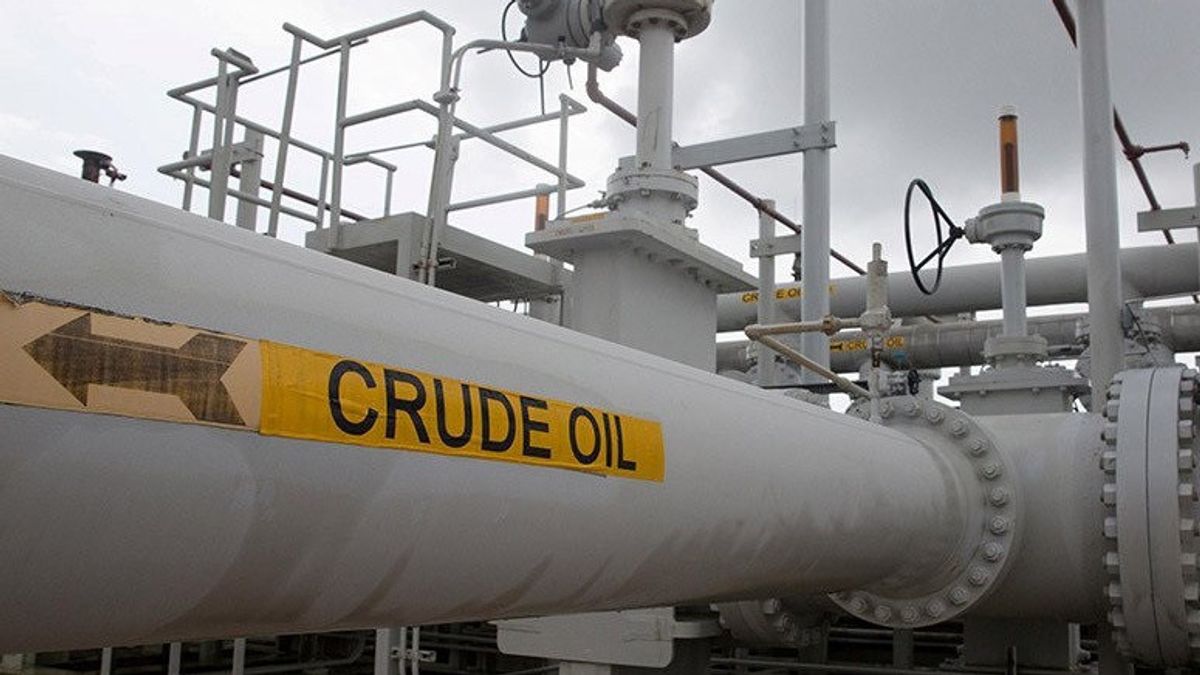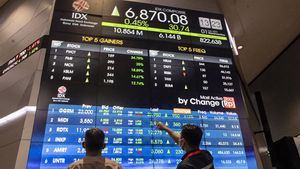JAKARTA - Oil prices slid about two percent in late trading Monday local time (Tuesday, September 21, WIB), as investors became increasingly risk-averse, which hurt stock markets and pushed the US dollar stronger, making oil more expensive for holders of other currencies.
Brent crude futures for November delivery fell 1.42 dollars, or 1.9 percent, to settle at 73.92 dollars a barrel after briefly sinking to a session low of 73.52 dollars.
Meanwhile, US West Texas Intermediate (WTI) crude futures for October delivery slumped 1.68 US dollars, or 2.3 percent, to close at 70.29 dollars per barrel after briefly falling to 69.86 dollars.
The dollar, seen as a safe haven, rose as concerns about the solvency of Chinese property developer Evergrande spooked equity markets and investors braced for the Federal Reserve to take another step toward reducing asset purchases or tapering this week.
"As the US dollar is usually a safe haven, its exchange rate against other currencies has strengthened, a development that complements the risk aversion environment and affects commodity prices, particularly oil," said Rystad Energy oil market analyst Nishant Bhushan.
"Oil is becoming more expensive for non-dollar markets and prices are taking a hit as a result, a bearish move supported by the stock market itself in a risk aversion environment."
However, oil found support from signs that some US Gulf production will remain offline for months due to storm damage.
Brent has jumped 43 percent so far this year, supported by supply cuts by the Organization of the Petroleum Exporting Countries and its allies known as OPEC+, and some recovery in demand after the collapse from last year's pandemic.
The English, Chinese, Japanese, Arabic, and French versions are automatically generated by the AI. So there may still be inaccuracies in translating, please always see Indonesian as our main language. (system supported by DigitalSiber.id)












